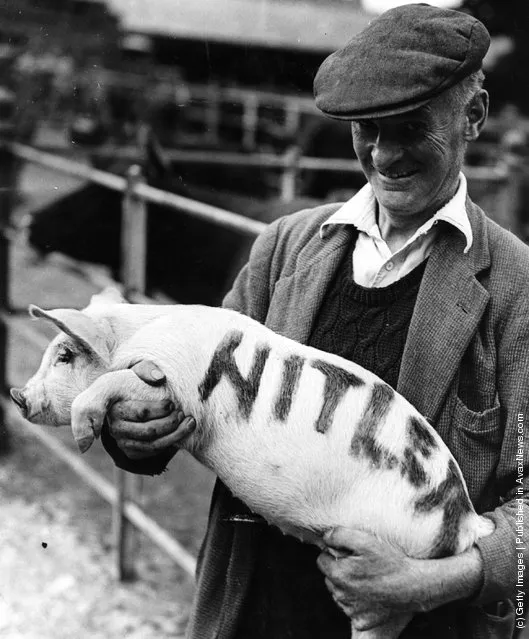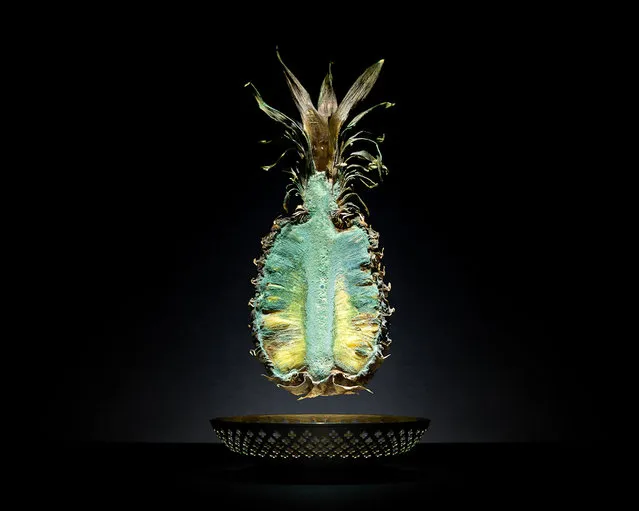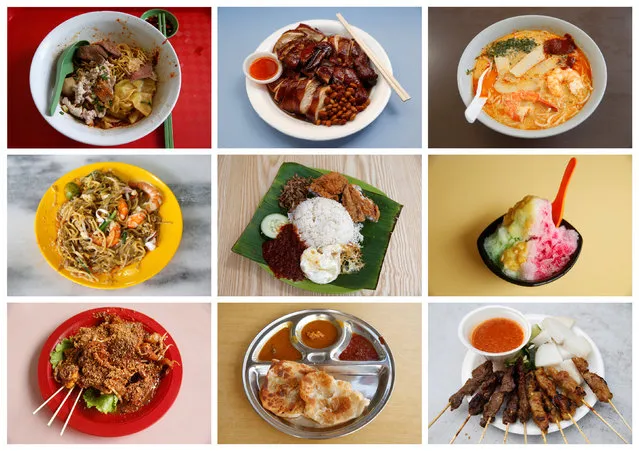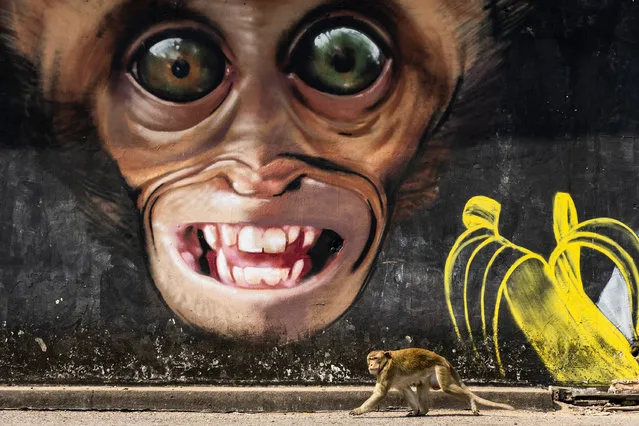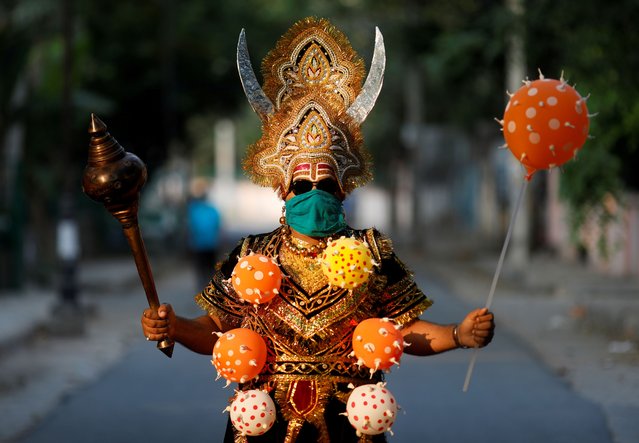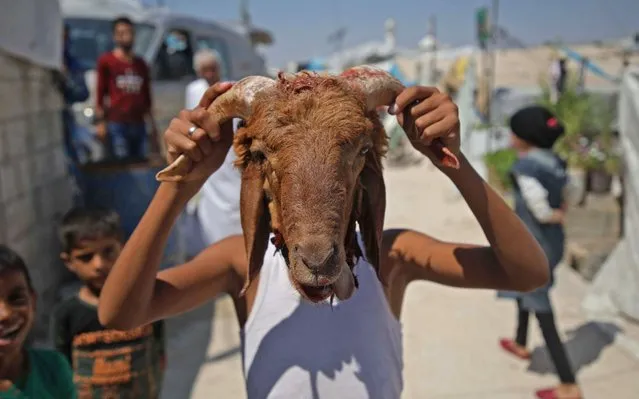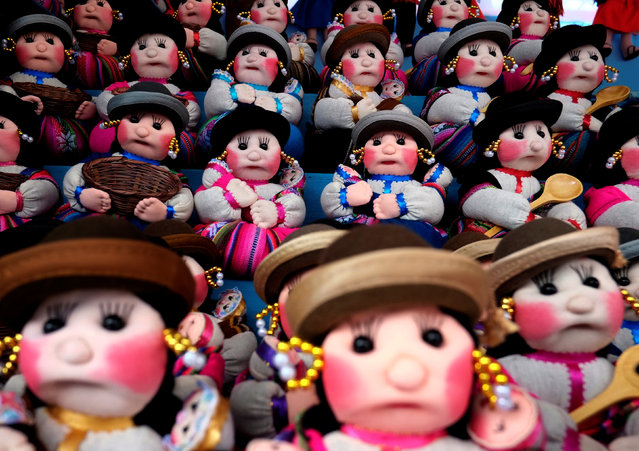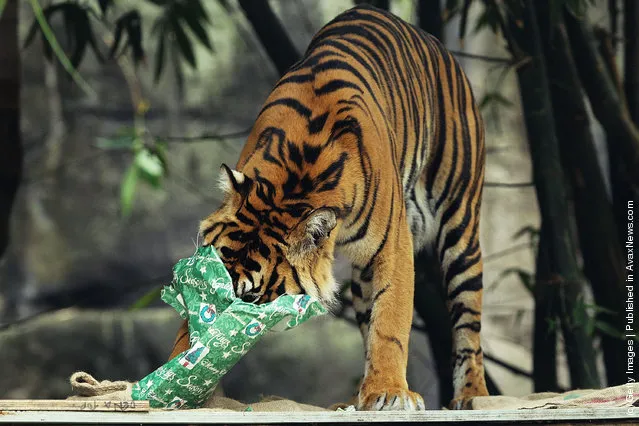
A Sumatran Tiger tears apart a wrapped Christmas present at Taronga Zoo on December 21, 2011 in Sydney, Australia. Animals received Christmas themed enrichment foods as part of the Zoo's regular program to encourage the animals to forage for food and help improve hunting abilities. (Photo by Brendon Thorne/Getty Images)
21 Dec 2011 14:40:00,post received
0 comments

